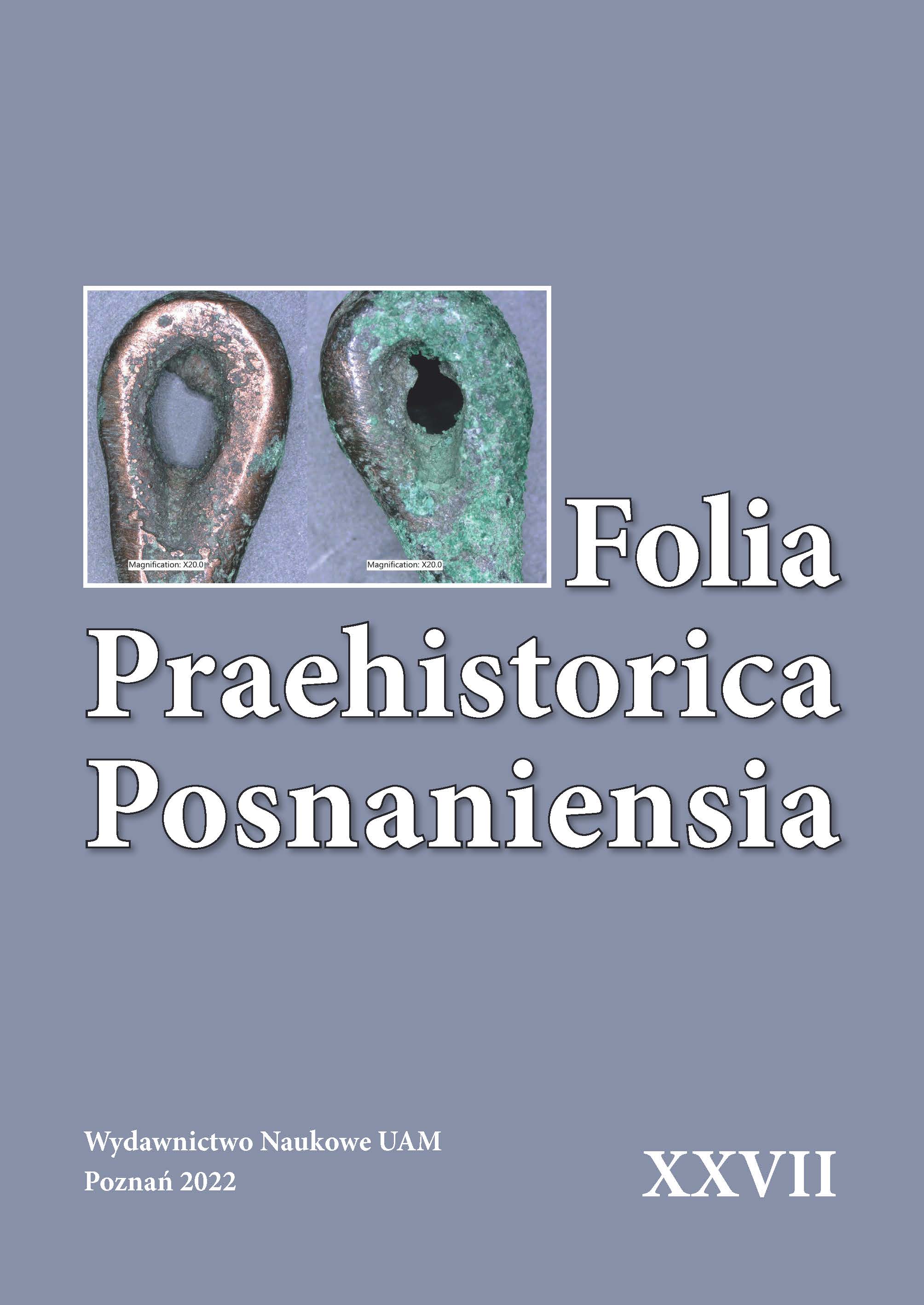Panowie i niewolnicy – gospodarka okresu halsztackiego
MASTERS AND SLAVES – ECONOMY OF THE HALLSTATT PERIOD
Author(s): Tomasz GralakSubject(s): History, Archaeology, Economic history, Ethnohistory
Published by: Uniwersytet Adama Mickiewicza
Keywords: Hallstatt Period; new technology; economy; slavery
Summary/Abstract: During the Hallstatt period in Central Europe, profound cultural, economic, and social changes occurred. This is due to the emergence of new technologies ‒ primarily iron metallurgy. Another element is the vicinity of the dominant economic system, i.e., the broadly understood Mediterranean civi-lization, especially the Etruscan cities in Italy. These asymmetrical relationships forced social changes in the areas north of the Alps. An important factor was probably the slave trade, which forced violence and armed struggle. This resulted in a progressive militarization, which is visible through the construction of defensive settlements and the strengthening of farms. The consequence was extreme social stratification and the domination of aristocratic elites. Thus, the stability of such a system depended on the relationship with the dominant partner. In a situation of disruption of relationships, a crisis must have arisen, resulting in the collapse of this culture model.
Journal: Folia Praehistorica Posnaniensia
- Issue Year: 27/2022
- Issue No: 1
- Page Range: 51-72
- Page Count: 22
- Language: Polish

